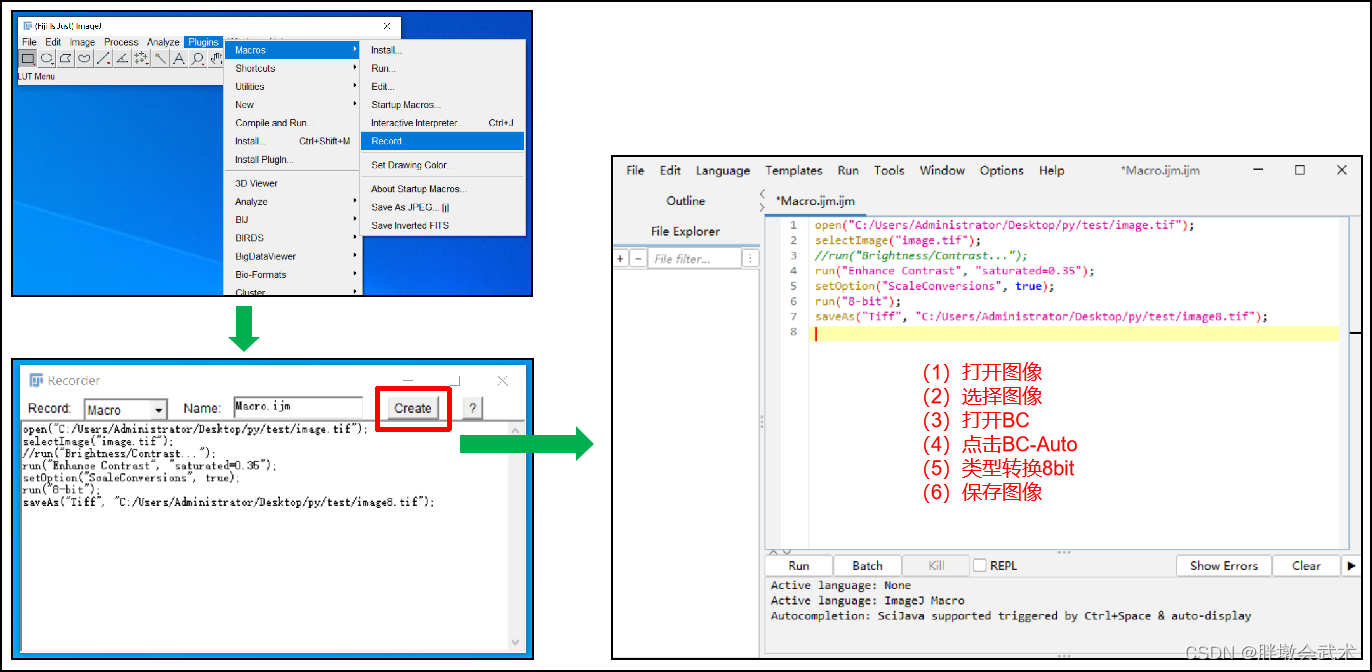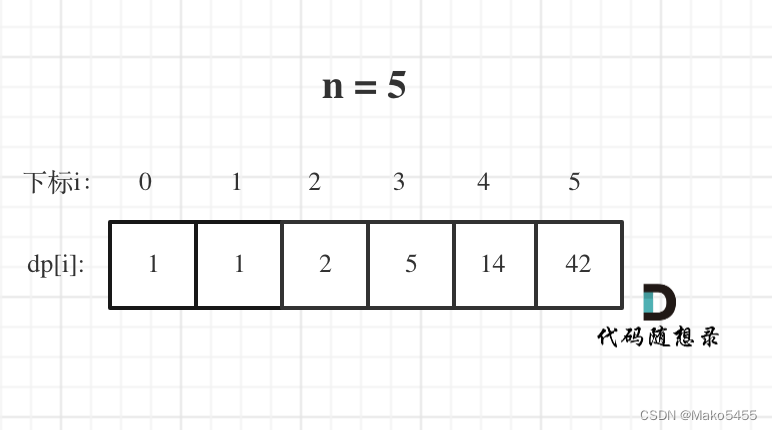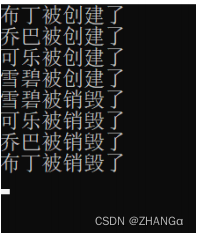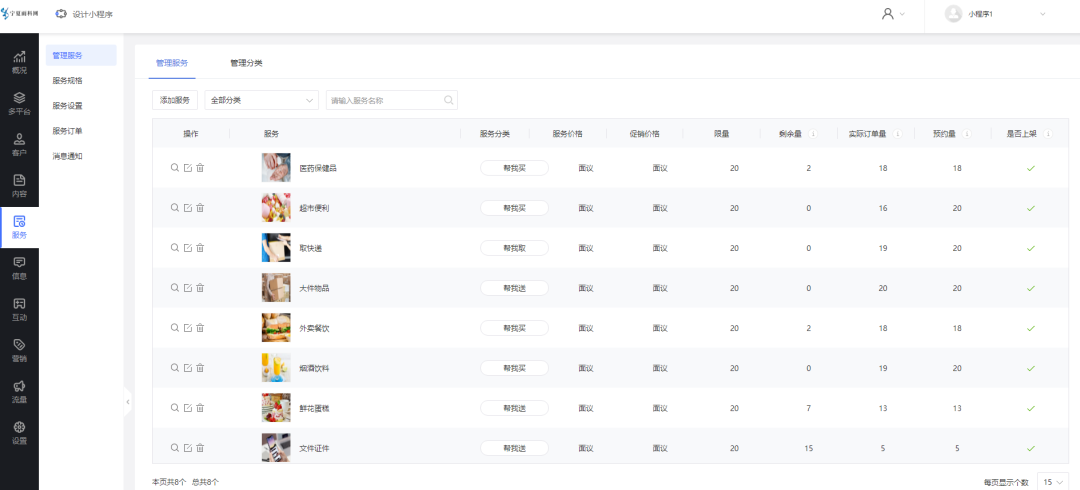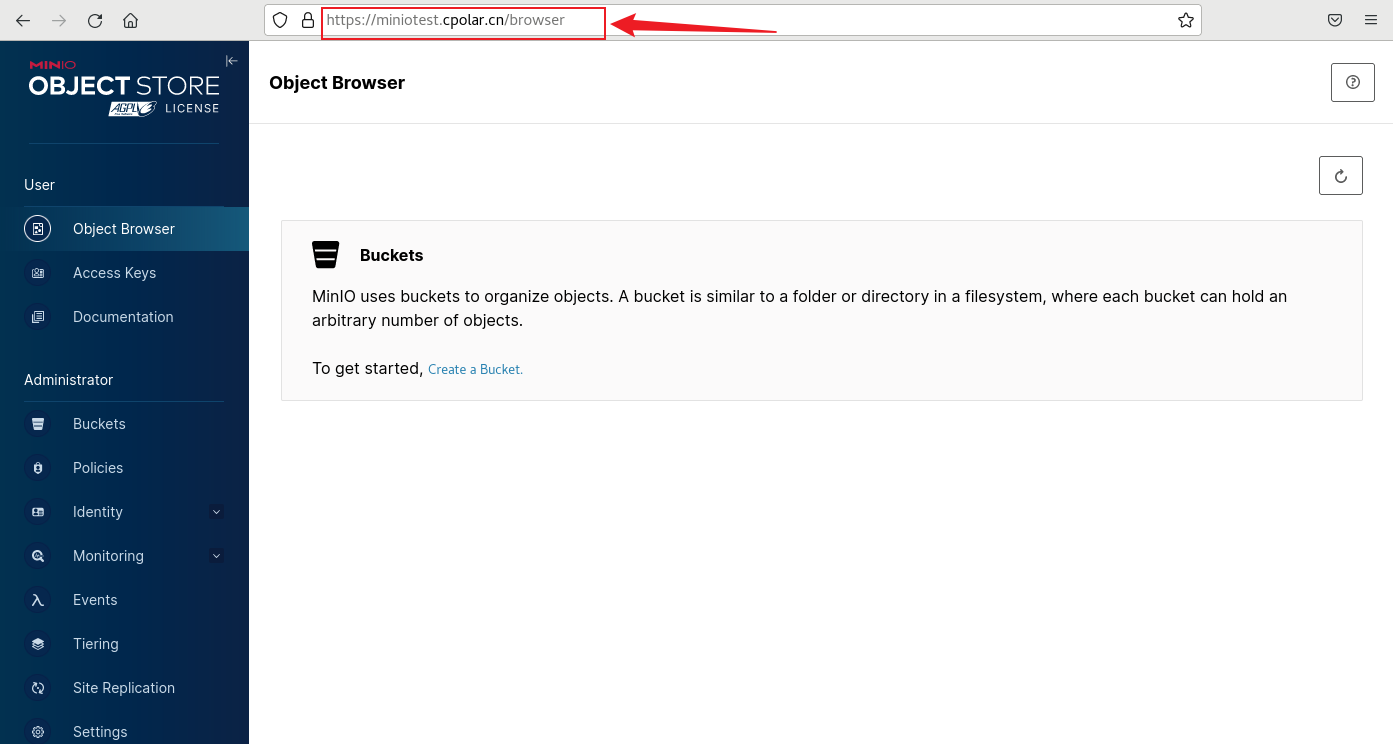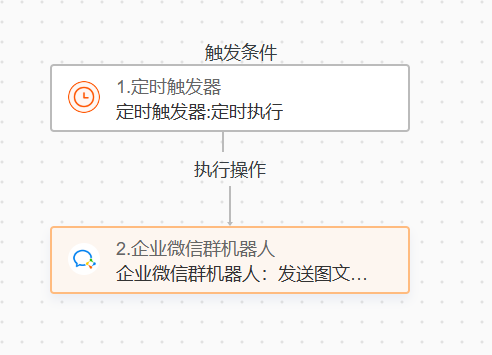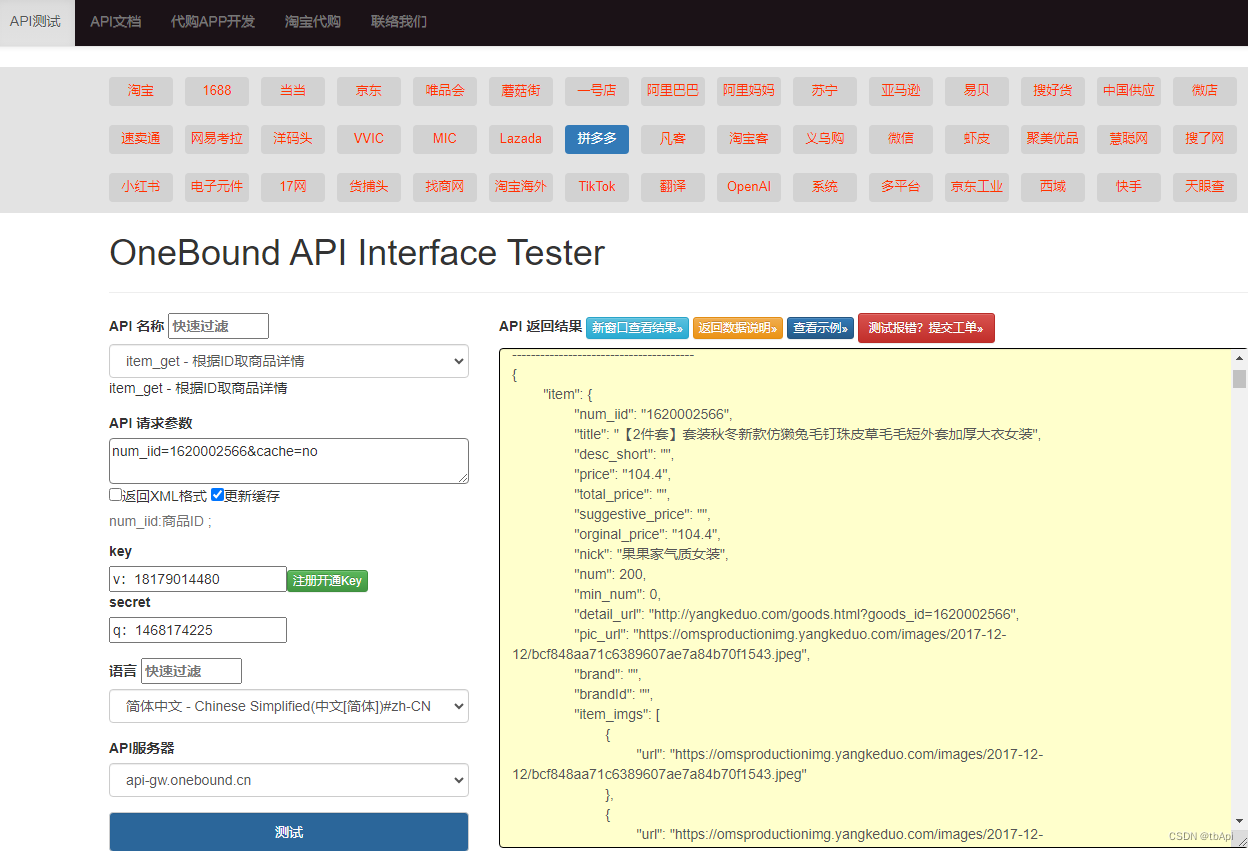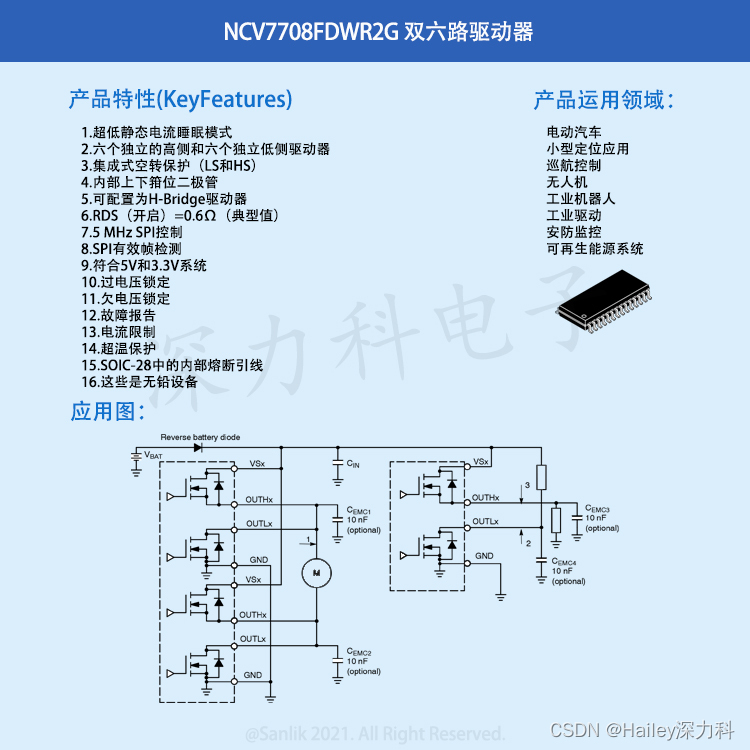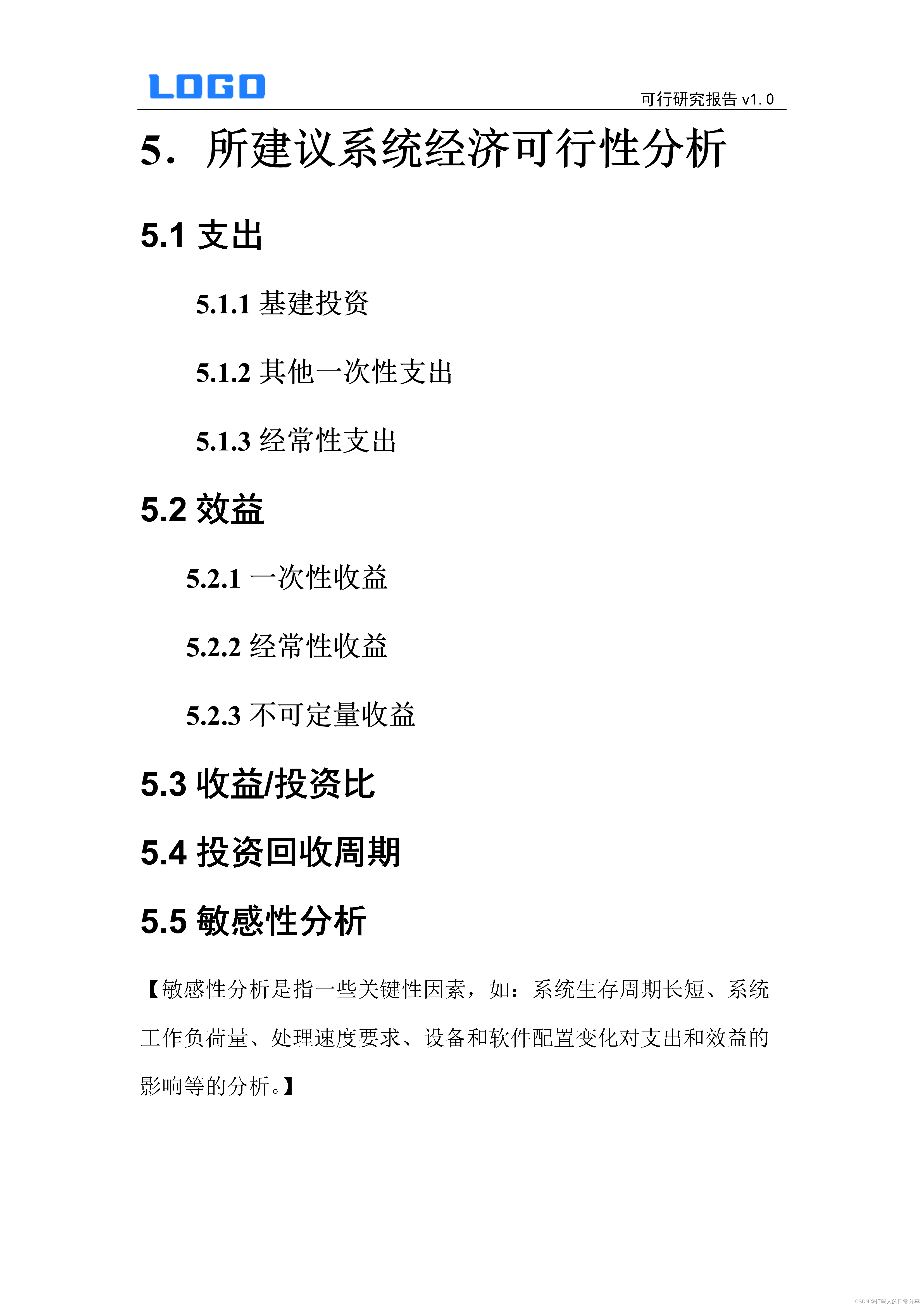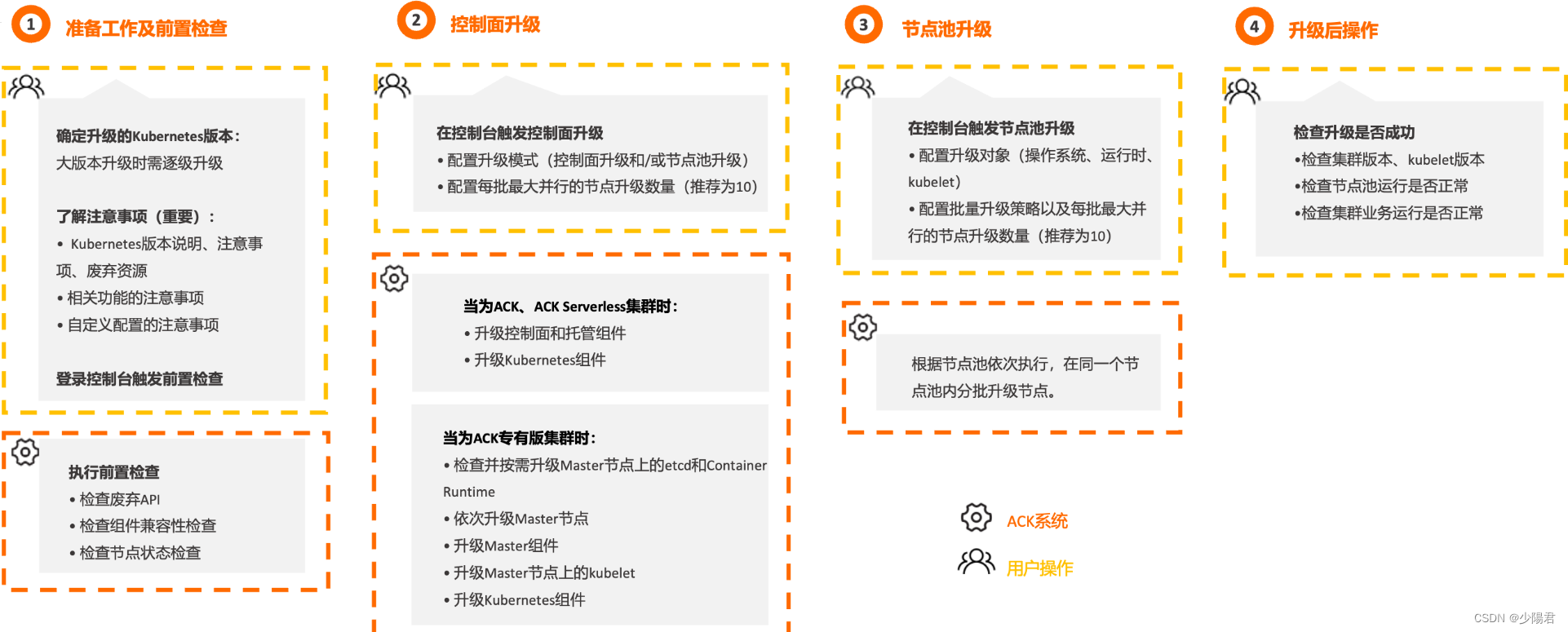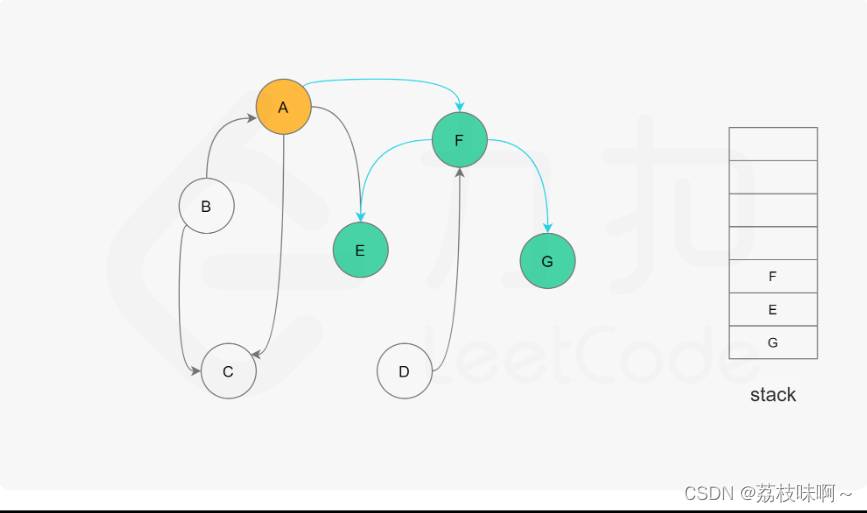认识
链表分为两种:带头结点的和不带头结点的
之前我们学习了不带哨兵位的单链表,并实现了相关代码
现在我们认识一下带哨兵位头结点的单链表:

plist指向带哨兵位的头结点
这个结点不存储有效数据
如果为空链表:
- 不带头:plist指向NULL
- 带头:plist指向head,一定不会指向NULL
优势
带哨兵位的单链表也有他自己的优势,我们用一道题来证明一下:
链表分割_牛客题霸_牛客网 (nowcoder.com)
题目描述:

题目分析
假设有下面这个链表,给定数字5

那么排序后就是这样,不改变原来是数据顺序

可以分割成两个链表,plist1和plist2,小于x的结点尾插到plist1,否则尾插到plist2
当链表的数据全部尾插结束后,将plist2头结点尾插到plist1,这个时候带哨兵位的头结点就非常有优势了
我们可以定义两个头结点head和head2,分别作为两个链表的哨兵位,再定义两个尾结点tail1和tail2方便两个链表的尾插,定义cur遍历链表,和x值做比较
代码示例
我们思路清晰了就可以写代码了:
/*
struct ListNode {
int val;
struct ListNode *next;
ListNode(int x) : val(x), next(NULL) {}
};*/
#include <cstdlib>
class Partition {
public:
ListNode* partition(ListNode* pHead, int x) {
// write code here
struct ListNode* head1,* head2,* tail1,* tail2;
head1=(struct ListNode*)malloc(sizeof(struct ListNode));
head2=(struct ListNode*)malloc(sizeof(struct ListNode));
tail1=head1;
tail2=head2;
struct ListNode* cur=pHead;
while(cur)
{
if(cur->val<x)
{
tail1->next=cur;
tail1=tail1->next;
}
else
{
tail2->next=cur;
tail2=tail2->next;
}
cur=cur->next;
}
tail1->next=head2->next;
tail2->next=NULL;
pHead=head1->next;
free(head1);
free(head2);
return pHead;
}
};由于该题只能用c++,但是我们可以完全按照C语言的语法规则写内部,最后就可以通过了;

